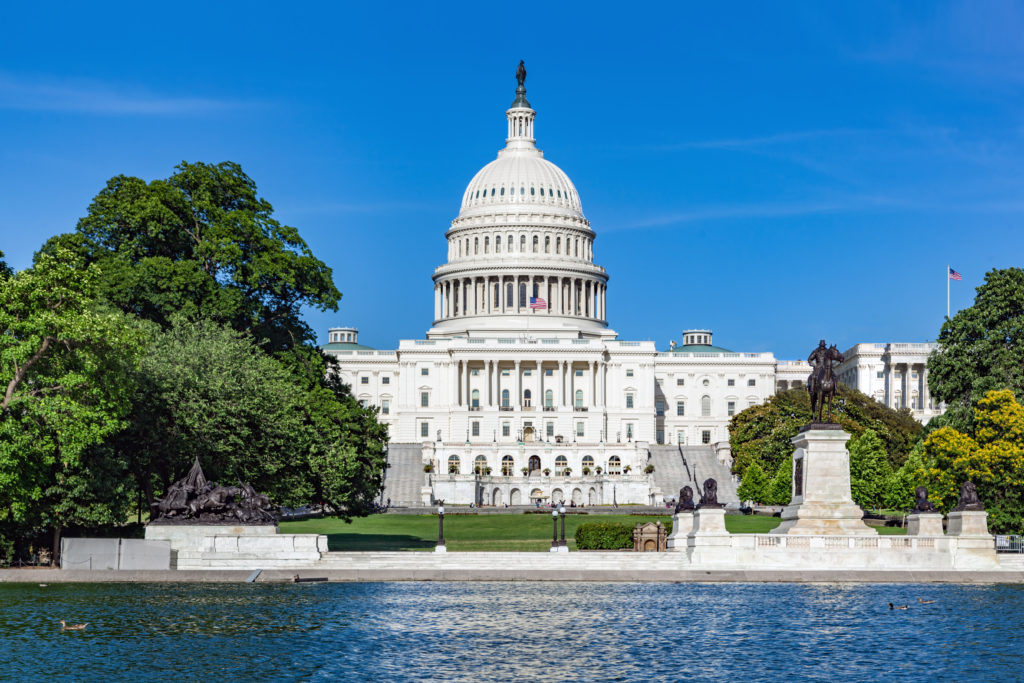In the past two years, Congress has passed two pieces of legislation that have made an impact on individuals. The first was the “Tax Cuts and Jobs Act”, the largest tax overhaul of the tax code in 30 years. The second, more recently passed (and effective January 1st, 2020) was the “Setting Every Community Up For Retirement Enhancement” Act or as is now known, the “SECURE” Act.
The SECURE Act brings about significant changes that impact retirement planning and retirement plans (IRA, 401k, etc.). In fact, it causing more sweeping changes than we’ve seen in decades. And, there are some important things you need to know.
This article focuses primarily on the individual investor or plan participant but there are important considerations for corporate plan sponsors as well, which are not covered here. Although we don’t have space here to cover everything in the Act, we’ve focused on some of the items that will have the most effect on individual retirement account investors.
New Rules for Retirement
There are a number of new retirement rules the SECURE Act implements:
- Elimination of the “stretch” IRA / Retirement account provision – For people passing away in and after 2020, their non-spousal beneficiaries have now lost the ability to “stretch” forced taxable required minimum distributions over their lifetime. They will now be forced to liquidate the beneficiary IRA or other inherited retirement accounts within 10 years. This does not affect the spouse as a beneficiary and there are some other narrow exclusions to the new rule such as certain minors (till the age of majority) and the disabled (as IRS defined) but check with your advisor for more specifics as to whether any of those exclusions apply to your situation. For most, even if the spouse is the beneficiary of your retirement account, when your spouse is gone, they’re non-spousal beneficiaries will be subject to the new rule. Sooner or later it will affect every retirement account, so plan now to the extent you can. Also if you have a trust involved with your IRA at death, you’ll want to review this arrangement as well since certain “see-through” trust arrangements could be affected.
- Contributions to traditional IRA’s post 70.5 – The new law now allows contributions after 70.5 to your IRA as long as you have earned income.
- Required Minimum Distribution (RMD) age increase – If you turned 70.5 and were due to take an RMD in 2019, sorry, you will have to continue taking those taxable distributions as originally scheduled. However, if you weren’t 70.5 in 2019 then you now get to defer RMD’s till age 72. Congratulations! The round age will also help clear up the confusion many have as to exactly when the first RMD must be withdrawn and which life expectancy factor age to use.
- Qualified Charitable Distribution (QCD) unaffected – This is important to the charitably minded folks out there who are already 70.5 or will be in 2020 and beyond. If you’re already 70.5 the QCD rules don’t change. The law kept the QCD rules intact allowing them to start at 70.5 and satisfy RMD requirements but not count towards income. For those who can defer RMD’s to 72, this is giving you a 1-2 year tax planning or giving opportunity window where IRA distributions may be counted as a charitable contribution but not as an RMD.
- Ten-percent early withdrawal change – For those seeking a distribution before 59.5 from a retirement account for a Qualified Birth or Adoption distribution, the typical 10% penalty you would incur doesn’t apply up to $5000 as long as you follow the timing rules for the withdrawal. Get with an advisor for more details on this change.
Non-Retirement Account SECURE Act Tax Benefits
The SECURE Act also makes several tax benefits available that don’t pertain directly to retirement accounts but may have an impact on a retirees income:
- Mortgage Insurance premium deduction – Retroactive to 2018 and through 2020.
- Medical expense deduction – The AGI threshold has been kept at 7.5% of AGI for 2019 and 2020.
- Qualified Disaster Distributions from retirement accounts – If meeting the qualifications in the Act, distributions up to $100,000 would be exempt from the 10% early withdrawal penalty, be treated as distributed evenly over 3 years if desired, be exempt from mandatory withholding requirements and may be repaid within 3 years of the distribution.
To be sure, the SECURE Act will require some adjustment and repositioning of many financial plans. It is important that you visit with a fiduciary advisor and review your financial plan to see how this may affect you, your spouse and most importantly, the beneficiaries of your retirement accounts, as they are the ones that will be most impacted.
If you’ve not done financial planning with a professional in the past, now’s a good time to start. Give us a call or come see us for an initial, no-obligation review so we can help you set Clear Direction for Your Retirement.



